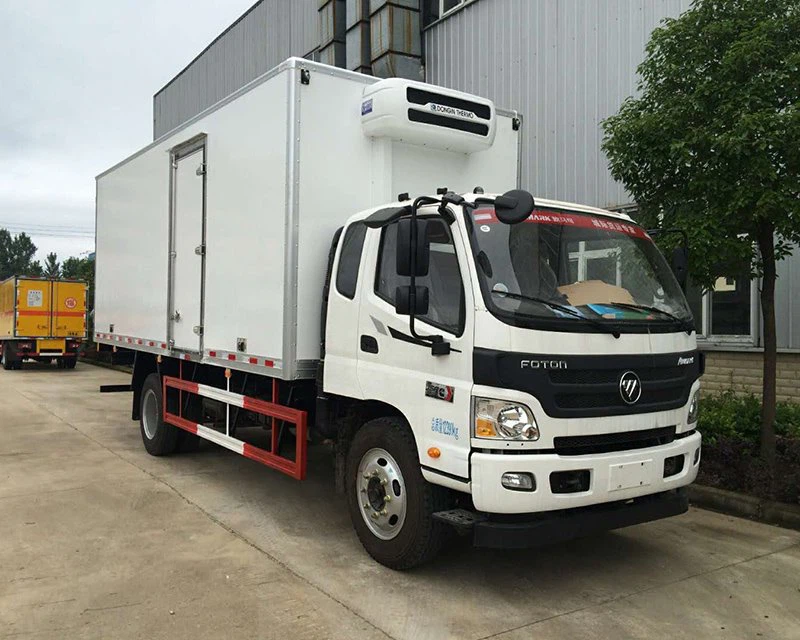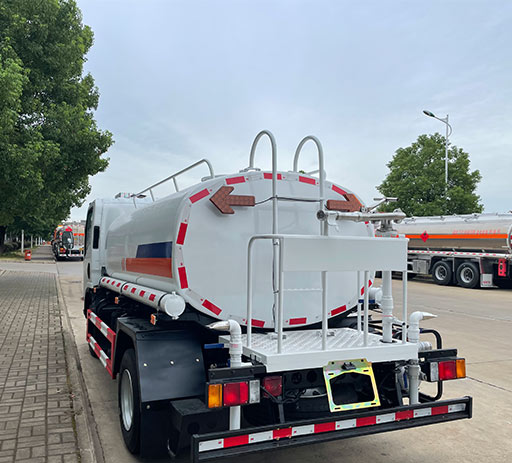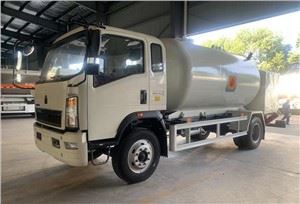Ultimate Guide to Flatbed Utility Vehicles: Everything You Need to Know

Flatbed utility vehicles are indispensable tools designed to enhance productivity across various sectors. Their robust design allows for easy transportation of goods, materials, and equipment, making them a popular choice for construction sites, farms, and recreational activities. In this comprehensive guide, we’ll explore everything there is to know about flatbed utility vehicles, including their benefits, types, and practical tips for choosing the right one.
Table of Contents
- What is a Flatbed Utility Vehicle?
- Benefits of Flatbed Utility Vehicles
- Types of Flatbed Utility Vehicles
- Key Features to Consider
- How to Choose the Right Flatbed Utility Vehicle
- Maintenance Tips for Flatbed Utility Vehicles
- Applications of Flatbed Utility Vehicles
- Top Flatbed Utility Vehicle Brands
- Common Issues and Solutions
- FAQ
What is a Flatbed Utility Vehicle?
A flatbed utility vehicle is a versatile, open truck-like vehicle designed for transporting goods and materials. Unlike traditional vehicles, it features a flat cargo area free from walls or a lid, making loading and unloading easy. These vehicles are used in various industries, including construction, agriculture, landscaping, and even recreational purposes.
Specifications of Flatbed Utility Vehicles
Typically, flatbed utility vehicles come with a range of specifications such as:
- Payload capacity: The amount of weight a vehicle can safely carry.
- Dimensions: Size of the flatbed, important for fitting specific loads.
- Engine type: Can vary from electric to gas-powered options.

Benefits of Flatbed Utility Vehicles
Flatbed utility vehicles offer a plethora of benefits that make them a preferred choice in many sectors:
1. Versatility
These vehicles are suitable for transporting various loads, from building materials to recreational equipment. Their open design allows for easy customization.
2. Increased Efficiency
The open cargo area allows for quick loading and unloading, saving valuable time on the job site.
3. Cost-Effective
Flatbed utility vehicles can often perform the work of several different vehicles, reducing the need for multiple purchases.
4. Easy Maintenance
With fewer mechanical components, flatbed utility vehicles are generally easier and less expensive to maintain compared to fully enclosed vehicles.
Types of Flatbed Utility Vehicles
Flatbed utility vehicles come in various types categorized by their design, size, and intended use:
1. Light-Duty Flatbeds
These vehicles are suitable for lighter loads, making them ideal for landscaping businesses and smaller construction tasks.
2. Heavy-Duty Flatbeds
Designed for heavier loads, these vehicles are often used in construction and industrial applications.
3. All-Terrain Flatbeds
Perfect for outdoor tasks, all-terrain flatbeds can navigate difficult terrains, making them highly sought after in agricultural and forestry work.
4. Electric Flatbeds
Environmentally friendly and low maintenance, electric flatbeds are increasingly popular in urban settings and for companies looking to reduce their carbon footprint.
Key Features to Consider
When selecting a flatbed utility vehicle, consider the following essential features:
1. Load Capacity
| Vehicle Type | Typical Load Capacity (lbs) |
|---|---|
| Light-Duty | 2,000 – 4,000 |
| Heavy-Duty | 5,000 – 10,000 |
| All-Terrain | 3,000 – 7,000 |
| Electric | 1,500 – 3,500 |
2. Engine Type
Consider whether you need a gas-powered or electric engine, depending on your work environment and eco-friendliness concerns.
3. Customization Options
Some flatbed vehicles offer attachment options like fences, racks, or tarps for load security and functionality.

4. Size and Dimensions
Ensure that the dimensions of the flatbed can accommodate your intended loads while fitting your workspace.
How to Choose the Right Flatbed Utility Vehicle
Selecting the perfect flatbed utility vehicle involves assessing your needs:
1. Identify Your Needs
Determine what you will primarily use the flatbed for—transporting heavy materials, landscaping, or recreational purposes.
2. Evaluate Terrain
Consider the types of terrain you will be navigating. An all-terrain vehicle may be necessary for rugged landscapes.
3. Budget Constraints
Flatbed utility vehicles come at various price points, so establish a budget that includes initial purchase, insurance, and maintenance costs.
4. Research Brands
Look for reputable brands known for durability and customer service support. This can help in making a long-term investment.
Maintenance Tips for Flatbed Utility Vehicles
To maximize the lifespan and efficiency of your flatbed utility vehicle, follow these maintenance tips:
1. Regular Checks
Perform routine inspections of tires, brakes, and lights to ensure safety on the road.
2. Cleanliness
Keep the flatbed area clean and free of debris to maintain its condition and functionality.
3. Oil Changes
Regular oil changes are crucial for engine performance and longevity. Follow manufacturer recommendations for intervals.
4. Battery Maintenance
For electric flatbeds, check the battery regularly for wear and ensure it is adequately charged.
Applications of Flatbed Utility Vehicles
Flatbed utility vehicles serve various roles across different industries:
1. Construction
For transporting building materials, tools, and worker equipment efficiently.
2. Agriculture
Used for carrying feed, equipment, and supplies on farms and ranches.
3. Landscape Services
Ideal for transporting plants, soil, and landscaping tools.
4. Recreational Use
A popular choice for transporting sports equipment, camping gear, and more for outdoor enthusiasts.
Top Flatbed Utility Vehicle Brands
Choosing a reputable brand can greatly affect your overall satisfaction:
1. Polaris
Known for its durable and reliable off-road utility vehicles, including flatbeds.
2. John Deere
A trusted name in farming and machinery, offering a range of utility vehicles.
3. Yamaha
Provides high-performance flatbed utility vehicles engineered for rugged terrain.
4. Honda
Renowned for its reliable engines and user-friendly designs in utility vehicles.
Common Issues and Solutions
Every vehicle may encounter some issues over time. Here are common problems and their solutions:
1. Engine Trouble
If the engine struggles to start, check the battery connections and fuel levels. Regular maintenance can prevent many engine-related issues.
2. Tire Wear
Monitor tire conditions regularly; uneven wear can indicate misalignment. Rotate tires as needed to prolong their lifespan.
3. Poor Handling
If the vehicle feels unstable, inspect the suspension system. Overloading can also cause handling problems.
FAQ
1. What is the average price of a flatbed utility vehicle?
The cost can range significantly, typically starting from around $5,000 to upwards of $15,000, depending on size and features.
2. Are electric flatbed utility vehicles worth it?
Electric flatbeds can be more cost-efficient in terms of maintenance and fuel, making them a great investment for many businesses.
3. How often should I maintain my flatbed utility vehicle?
Regular maintenance checks every 3 to 6 months are recommended, depending on usage frequency and conditions.
4. Can flatbed utility vehicles be used for towing?

Yes, many flatbed utility vehicles are equipped to tow trailers and other equipment, but check the specific load capacity first.
5. What is the best flatbed utility vehicle for off-road use?
All-terrain flatbed utility vehicles from brands like Polaris or Yamaha are excellent choices for off-road applications.
6. Is insurance necessary for flatbed utility vehicles?
Yes, insuring your vehicle is advisable to protect against theft, damage, or accidents.
